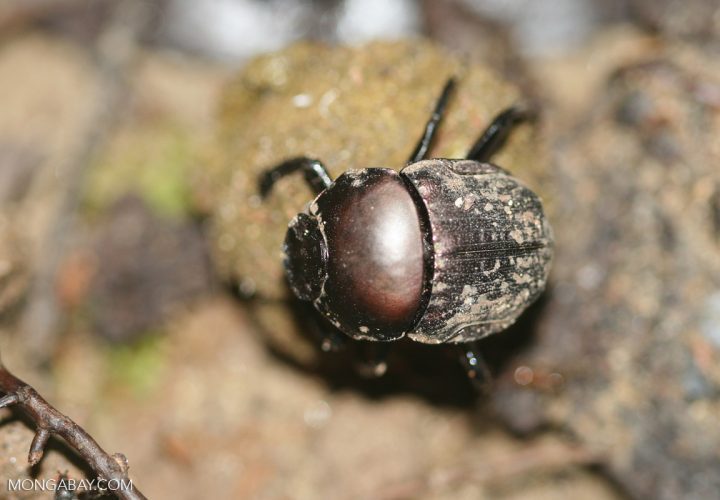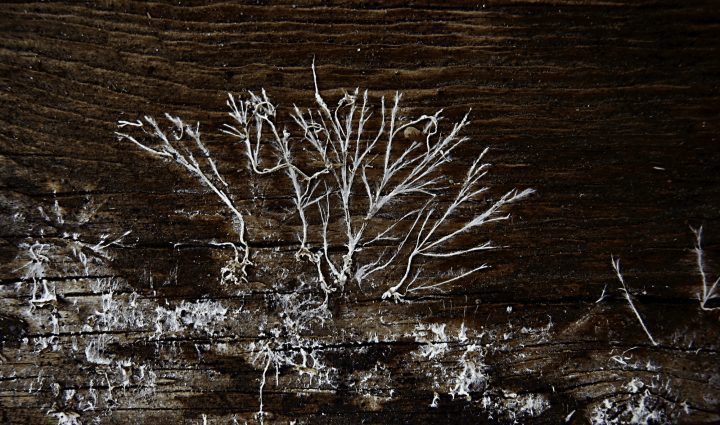Some species of bees send signals to other bees via temporary scent marks.
“When a bumblebee finds a nectar-rich flower, it tags the blossom with a scent mark, identifying the flower as being worth a return visit. Since bumblebees are social insects that work for the good of the colony, researchers suspect that individual members of a hive leave marks that help their hivemates find the best blossoms.
“Solitary bees are a different story. Foraging only for her own young, each female is in direct competition with all others of the same species. But Francis Gilbert, of the University of Nottingham, and colleagues have shown that solitary bees also rely on scent markings to identify the best food sources…like bumblebees, solitary bees rely on at least two separate components in their scent markings. One is a self-repellent that wears off within about thirty minutes, dissipating as the plant renews its stock of nectar. By the time the flower once again has a full supply, the scent has degraded to the point that the bee is no longer repelled by it. The other component is a short-term attractant, lasting less than three minutes. The scientists suggest that the bee might use this mark if it doesn’t extract all the available nectar during an initial visit, facilitating a return within seconds to finish the job.” (Weir 2001)





